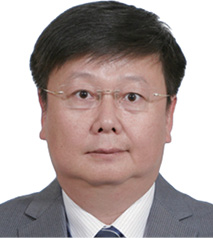Patent contract theory argues that, in essence, a patent is a contract entered into between an inventor and the public whereby the disclosure by the inventor of his technology is the consideration for the government, as representative of the public, to grant him the exclusive right to use his technology. The PRC Patent Law permits a patent holder to license use of his patent to a third party without transfer of the ownership. Such a licence is an exemption corresponding to the exclusivity. After receiving monetary compensation, the patent holder will no longer pursue the third party’s liability for infringement of the patented technology. It is in essence a transaction of civil rights. As the value of the exemption is mainly dependent on the regulations for damage for infringement in the laws of a country, when calculating the amount of patent royalties, the concerned party will generally consult the rate for calculating the damages for patent infringement specified in the law.

Partner, Jingtian & Gongcheng
However, whether it is the rate for damages in a developed country or in China, it is a method of calculating damages based on the validity of the patent and the establishment of infringement, without consideration of the effect on the patent royalties of the validity of the patent or the finding of infringement. Given this shortcoming, the famous US patent lawyer David E. Wang derived a new formula (the David formula) based on the US practice of “rule of thumb” and the “5% royalty method”, innovatively introducing the patent infringement and patent invalidity risk factors into the formula.
The David formula is represented symbolically as follows:
R = S × X% × I × V × Y (where R = royalty; S = sales revenue; X% = a reasonable sales royalty percentage; I = infringement, i.e., infringement risk; V = validity, i.e., the validity or stability of the patent; and Y = year(s), i.e., the number of years for which the patent is licensed).
You must be a
subscribersubscribersubscribersubscriber
to read this content, please
subscribesubscribesubscribesubscribe
today.
For group subscribers, please click here to access.
Interested in group subscription? Please contact us.
你需要登录去解锁本文内容。欢迎注册账号。如果想阅读月刊所有文章,欢迎成为我们的订阅会员成为我们的订阅会员。
Ma Degang is a partner of Jingtian & Gongcheng and specializes in patent litigation and intellectual property transactions. He can be contacted on +86 10 5809 1011 or by email at ma.degang@jingtian.com





















